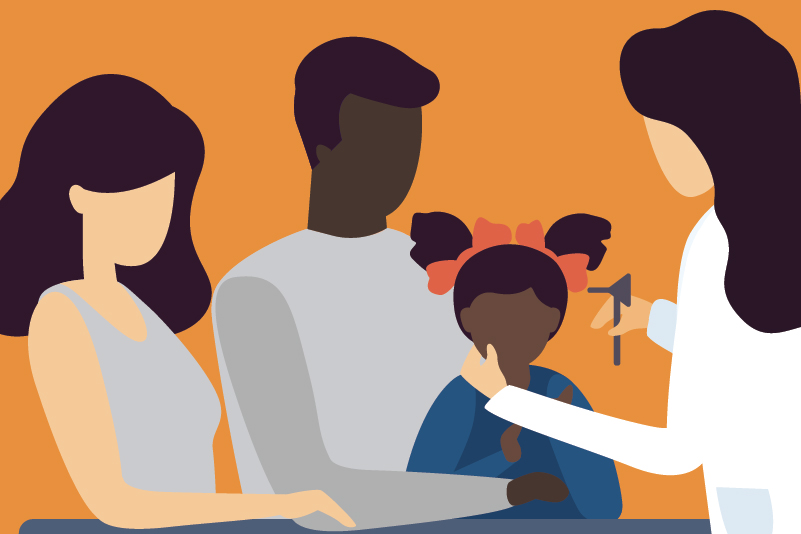#177 What’s in your Stocking? Evidence around Santa Claus.

Reading Tools for Practice Article can earn you MainPro+ Credits
Join NowAlready a CFPCLearn Member? Log in
- 52 adults shown the same story by the same man dressed as Santa or a Doctor found Santa “kinder”: 9.2 versus 8.7 out of 10 (p=0.05).1
- No defined minimally important difference in kindness: But every little bit matters.
- 25 first-graders donated more gum when randomized to discuss Santa versus Easter Bunny or pets (3.6 pieces versus 1.3-1.6).2
- Unclear if invoking Santa to promote good behaviour yields intended results.3
- Five year study of 150-300 children/year waiting in line to see Santa: 58-82% were indifferent on facial rating scale.4-8
- More seemed happy one week before Christmas (30-37% happy) versus four weeks before Christmas (10-16%).6,7
- More parents seemed happier (82-93%) than children (6-37%).5,7
- Reliability very low: One observer, scale used more for pain.4-8
- From 1896-1987, four studies found disbelief started mean age 6.4-8.3 years.3,9-11
- Age is the strongest predictor of belief.3,9-11
- Gender and ‘fantasy’ thinking (example imaginary friends) not predictive.3,10,11
- Parents’ belief11 beyond age ten and parental encouragement3 may predict believing longer.
- Transition usually gradual with 54% of children “figuring it out on their own.”9
- Children had minimal distress transitioning to disbelief.9
- Most emotional ratings were "<10% intensity" and generally positive.
- Parents more negative: 40% sad versus 6% glad.
- Most children feel future children should be encouraged to believe in Santa.12
- Only 8% of new disbelieving children felt they would not teach their kids about Santa.9
- Other limitations:
- When lining up to the mall, unclear if the children were seeing the real Santa or someone in a Santa suit.4-8
- Some research performed in summer,9 early fall,1 or around Easter2,11 (known as “Bunny Bias”).
- While it may seem unbelievable for one being to visit children all over the globe on a single night, it may also seem unbelievable that academics are paid to write this review.






